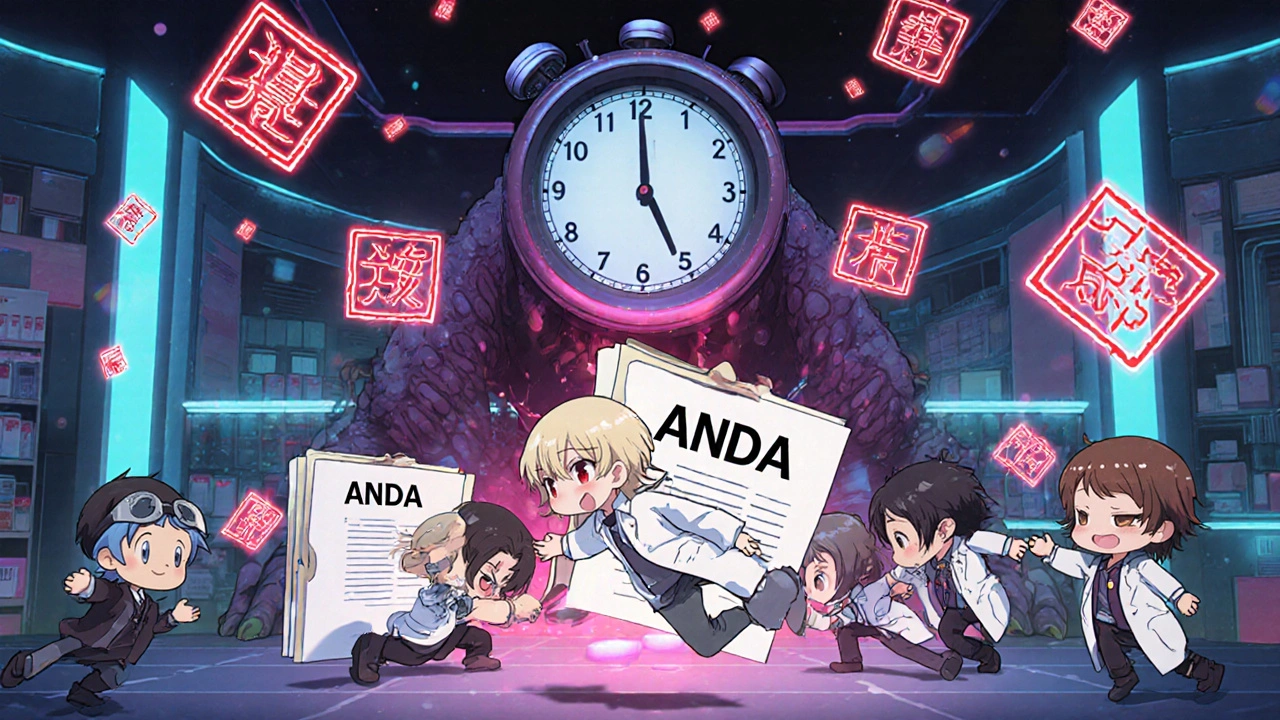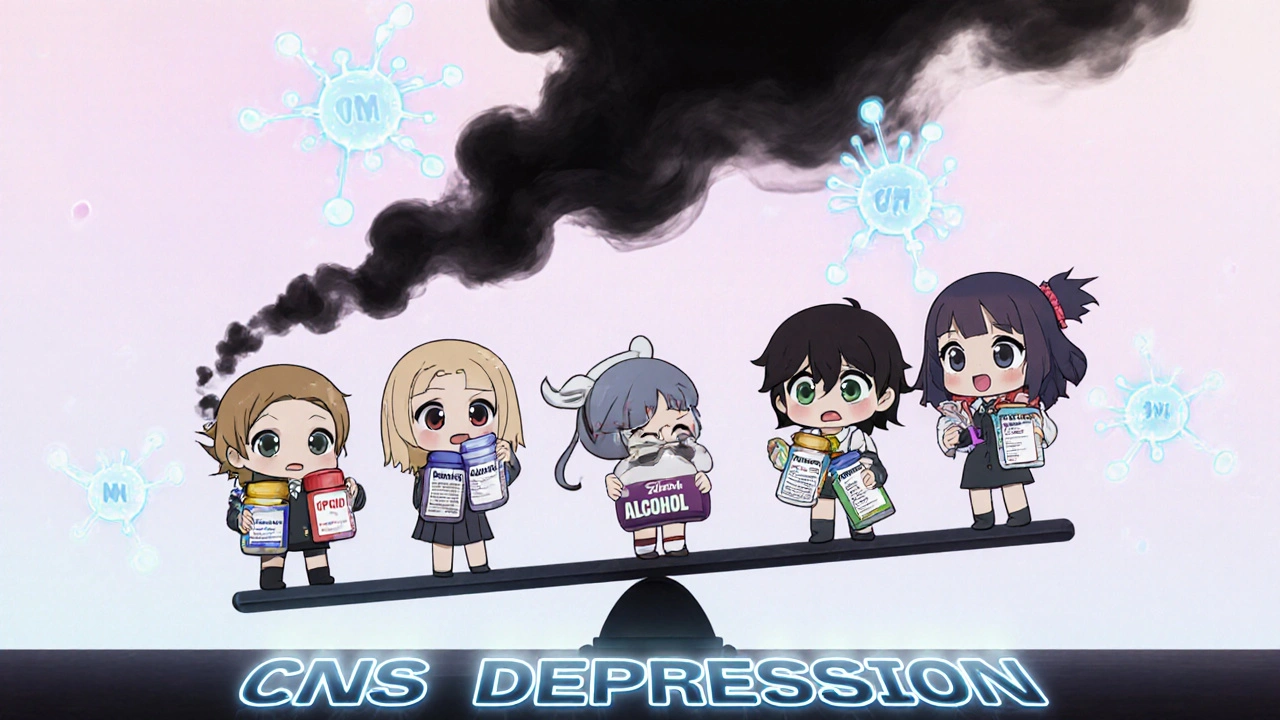Farxiga: What It Is, How It Works, and What You Need to Know
When you hear Farxiga, a prescription medication used to lower blood sugar in adults with type 2 diabetes and to reduce heart failure risk. Also known as dapagliflozin, it belongs to a class of drugs called SGLT2 inhibitors that help your kidneys remove sugar from your body through urine. Unlike insulin or metformin, Farxiga doesn’t force your body to make more insulin or make cells more sensitive—it simply lets excess glucose leave through your pee. That’s why it’s often paired with other diabetes meds: it works differently, and it doesn’t cause low blood sugar on its own.
Farxiga isn’t just for blood sugar. Studies show it also cuts the risk of hospital stays for heart failure and slows kidney damage in people with chronic kidney disease, even if they don’t have diabetes. That’s why doctors now prescribe it for heart failure patients with reduced ejection fraction, regardless of diabetes status. It’s one of the few drugs that helps both your heart and kidneys at the same time. Related to this, SGLT2 inhibitors, a class of diabetes drugs that block sugar reabsorption in the kidneys. Also known as gliflozins, they include empagliflozin, canagliflozin, and ertugliflozin. Farxiga was one of the first, and still one of the most studied. People on Farxiga often lose a few pounds—not from dieting, but because they’re losing sugar calories in their urine. Some report more frequent urination at first, but that usually settles down.
It’s not for everyone. If you’re prone to yeast infections, urinary tract infections, or dehydration, Farxiga can make those worse. It’s also not safe if you have severe kidney problems or are on dialysis. And while it’s generally safe with other meds, combining it with diuretics or blood pressure drugs can drop your blood pressure too low. That’s why you need to talk to your doctor before starting, especially if you’re already on other treatments for heart disease, kidney issues, or diabetes.
What you’ll find in the posts below is a collection of real-world comparisons and safety guides—like how Farxiga stacks up against other diabetes drugs, what side effects people actually report, and how it fits into broader treatment plans for heart and kidney health. You won’t find marketing fluff. Just clear, practical info from people who’ve been there, and the science behind why it works—or doesn’t—for certain patients.




